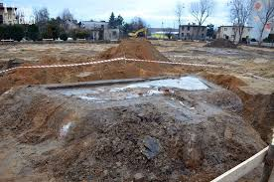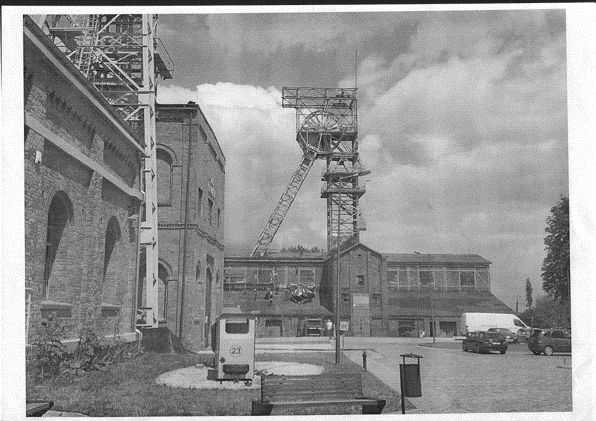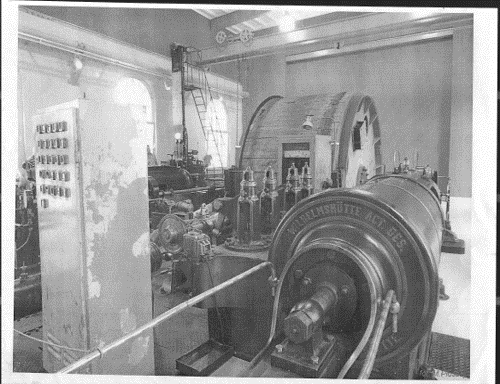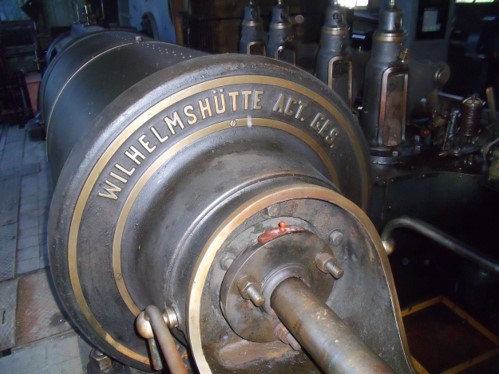Battle Shelter at the Lievin roundabout

The shelter was built a few days before the war, in September 1939.This object remembers difficult moments of fighting for Rybnik with the Nazi aggressor. Inside this bunker hid infantry soldiers,who were supposed to cover the road Racibórz-Rybnik, because the enemy attack was expected from there, but he came from a slightly different side and the German troops took over the shelter. In shelter was located 5 people: two schooters, two cargo holders and a commander.
Shelter on ‘Dąbrówki’

It is a found battle shelter in Rybnik, which defended our city in 1939. The discoveries were made by representatives of the Profortalicjum group. The shelter was covered up after the war, and a private owner built a house over it. However, he sold the land and now there is an investor who wants to build an Aldi shop there.It was a great opportunity to look around the old building.
Shelter ‘Chrobrego’

Shelter ‘Chrobrego’ is a permanent anti-aircraft gap built by the Germans in 1944. It was used as a shelter from air bombing for civilians. The shelter is located in the strict city center, under the Rozalia’s Biegeszowa square, in the corner of Bolesław Chrobry and 3 May streets. It is practically the only such a large anti-aircraft gap in Rybnik, which has been preserved to this day.
Shelter “Wawok”

It is located in the Rybnik district of Wawok, at Szczygłów 44. It was built before September 1939, it took part in the fights of the defensive war. In 2007 it was renovated and since then it has been holding open days with presentations by members of historical reconstruction groups. People are very interested in that place. It is also included in the register of monuments and under the care of the local association.
Ignacy’s Mine
At the end of the 18th century, the Royal Office of Mining and Metallurgy was established in Rybnik. The mining of coal began to be found in 1792. The deposits were found between Biertułtów and Niewiadom where the „Hoym” Coal Mine was created. The name of the mine originated from the name of Minister of Silesia and South Prussia – Karl von George von Hoym.
At the beginning the mine exploited shallow coal seams. In the 1930s, it merged with the neighboring mines of „Biertułtowy” and „Sylwester” while passing into the Gwarek hands (the company operating non-ferrous metal ore deposits). Later on, the following mines were part of this plant: „Laura” and „Carolus”. It was then that the Upper-Silesian industrial magnate, Prince Hugo von Hohenlohe-Oeringen, took over. In 1922, Rybnik found itself within the borders of the Polish state. Therefore, in 1936, the name of the mine was changed to „Ignacy” – in honor of President Ignacy Mościcki.
During World War II the mine functioned as part of Hermann Goering Werke. After the war, the plant nationalized. In the 1960s it created one organism with the „Rydułtowy” mine. Coal mining completed in the 1990s. From then on it functioned as ventilation shafts for other mines. Fortunately, thanks to the involvement of the plant enthusiasts it has been protected against annihilation.





